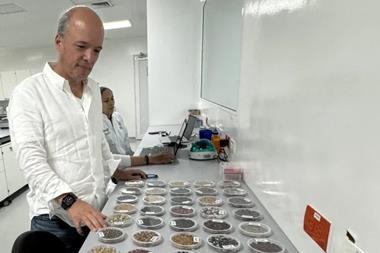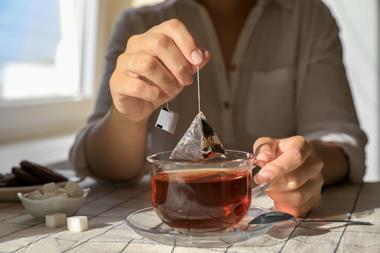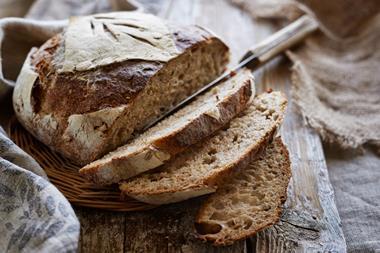Understanding the chemical basis of orange flavour will enable breeders to grow disease-resistant varieties that still pass the taste test
Researchers have identified the chemical compounds crucial to the flavour of oranges, including seven esters that make sweet oranges taste distinct from mandarins. Their work may pave the way to breeding new orange varieties that are resistant to citrus greening disease.
The sweet orange, Citrus sinensis, is an important agricultural product, grown in huge quantities around the world. But the species is highly susceptible to a bacterial infection that causes citrus greening disease (also known as huanglongbing or HLB), an infection that has affected crops across dozens of countries and for which there is no known cure. The 2022–2023 season saw a roughly 90% reduction in Florida orange production, largely due to the disease. Attempts to introduce HLB-resistant varieties, like the trifoliate orange, into the genetic lineages of sweet oranges take a long time and have mostly resulted in fruits with unacceptable flavours.
By using gas chromatography–mass spectrometry to analyse a total of 179 juice samples from sweet oranges, mandarins, trifoliate oranges and hybrids, researchers based in Florida and Hawaii identified 60 volatile compounds that make up the flavour profile of these citrus species. They found that the volatile profiles of mandarins, oranges and trifoliate fruits were distinct, but that trifoliate hybrids overlapped all three.
Juice samples were also evaluated by a trained panel for orange and mandarin flavours and the resulting data used to generate a statistical model to predict the most important volatile compounds contributing to orange flavour. 26 compounds, including terpenes, esters and aliphatic alcohols, aldehydes, and ketones were found to be predictive of the degree of orange flavour that a fruit would have. In particular, seven esters (methyl hexanoate, ethyl hexanoate, ethyl 3-hydroxyhexanoate, ethyl octanoate, methyl butanoate, ethyl butanoate, and ethyl 2-methylbutanoate) were identified as being critically important to differentiating oranges from mandarins.

The researchers then identified 93 up-regulated genes related to the production of six of the seven esters key for orange flavour. They suggest that these DNA markers can be used to screen young seedlings for the expected orange flavour, even before they are mature enough to bear fruit. The researchers hope that this will help to accelerate the breeding of HLB-resistant varieties that taste how consumers expect oranges to taste.
References
Z Fan et al, Sci. Adv., 2024, DOI: 10.1126/sciadv.adk205

















No comments yet